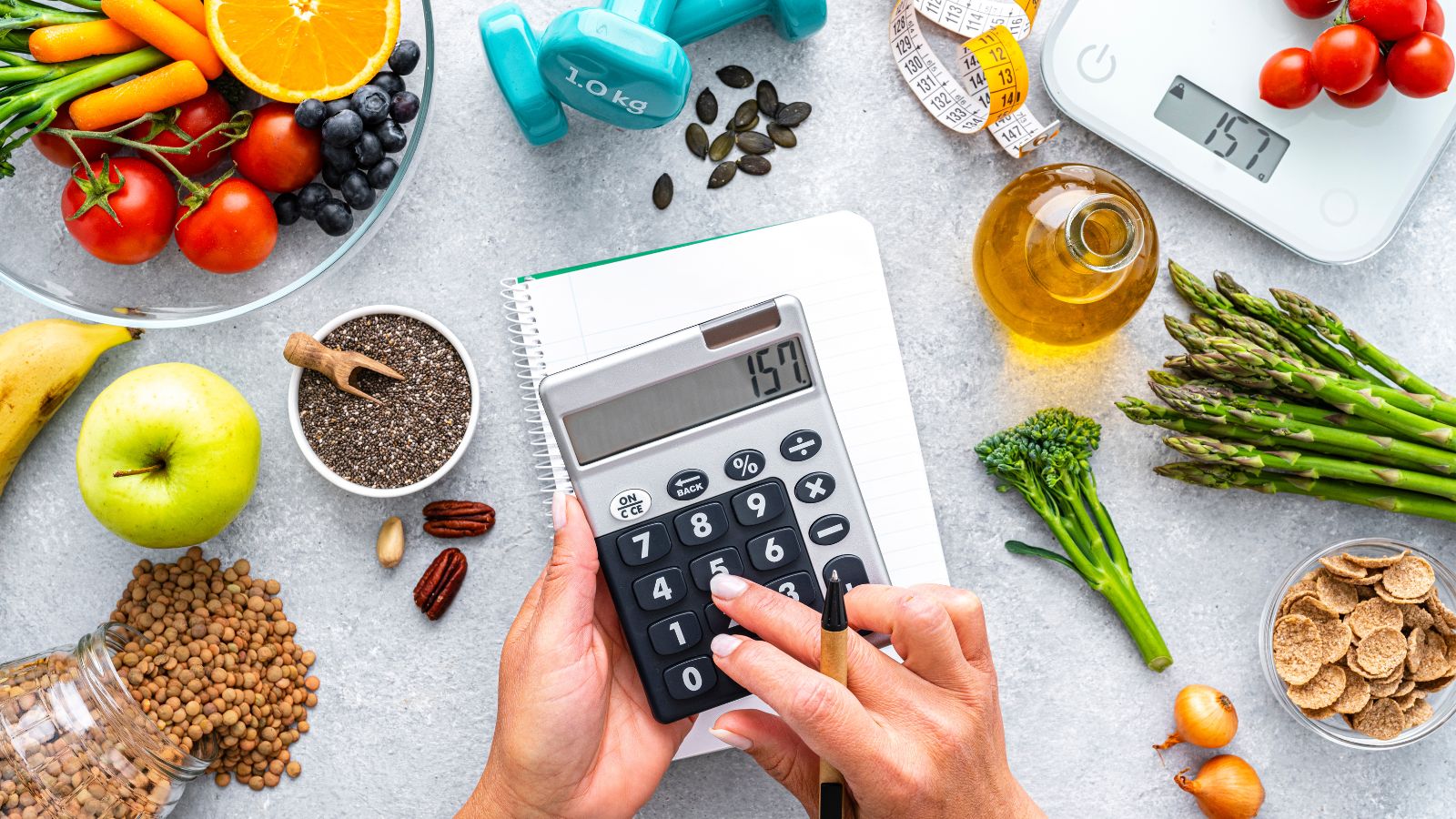One of the biggest challenges in fat loss is dealing with hunger. It’s hard to stay in a calorie deficit when you’re constantly fighting cravings or feeling unsatisfied. The solution? Eating more food—but fewer calories—through what’s known as volume eating. In this article we will discuss in-depth volume eating for fat loss.
Volume foods help you feel full, satisfied, and energized while keeping your calorie intake low. This strategy allows you to stay in a deficit without the struggle, making fat loss sustainable and even enjoyable.
What Are Volume Foods?
Volume foods are foods that take up a lot of space in your stomach but are low in calories. They’re usually high in water and fiber, which increases satiety and helps regulate appetite naturally.
Common examples include:
- Leafy greens (spinach, kale, romaine)
- Cruciferous vegetables (broccoli, cauliflower)
- Berries (strawberries, blueberries)
- Air-popped popcorn
- Zucchini, cucumbers, carrots
- Potatoes (when boiled or baked without added fat)
- Soups and stews with lean proteins and vegetables
These foods fill you up with fewer calories than calorie-dense options like oils, nuts, or processed snacks.
How Volume Eating Supports a Calorie Deficit
To lose fat, you need to eat fewer calories than you burn. Volume eating helps you stick to that goal by:
- Increasing fullness with fewer calories
- Reducing hunger and the urge to overeat
- Allowing you to eat large, satisfying meals without guilt
- Improving adherence by making the diet feel less restrictive
For example, 200 calories of spinach fills a huge bowl, while 200 calories of almonds is just a small handful. One feels like a meal; the other feels like a snack.
The Science Behind Satiety and Food Volume
Studies show that food volume is one of the biggest drivers of satiety. The stomach’s stretch receptors send signals to the brain that you’re full. This happens regardless of calorie content.
A study published in the American Journal of Clinical Nutrition found that people who consumed lower-calorie, high-volume foods ate fewer total calories without even realizing it. Their hunger levels remained stable while their energy intake dropped.
This is why many diet-friendly meal plans emphasize fiber-rich, water-rich foods. They delay gastric emptying, balance blood sugar, and extend the time between meals.
How to Build Volume Meals
Use this structure to create satisfying, low-calorie meals:
- Base: Leafy greens or steamed veggies
- Protein: Grilled chicken, tofu, white fish, egg whites, legumes
- Carbs: Potatoes, beans, fruit, quinoa (moderate portions)
- Flavor: Salsa, mustard, vinegar, herbs, low-calorie sauces
- Volume boosts: Zucchini noodles, cauliflower rice, broth-based soups
Example: A burrito bowl with romaine lettuce, grilled chicken, black beans, salsa, and roasted veggies fills a large bowl and keeps calories under 500.
Best Times to Use Volume Eating
- During cutting or fat-loss phases
- Before social events to reduce hunger
- At night to avoid snacking
- As a strategy to break through plateaus
- When transitioning from a higher-calorie bulk to maintenance
Volume eating is especially useful after diet breaks or when coming off aggressive calorie deficits.
What to Watch Out For
Volume eating works, but avoid these common mistakes:
- Relying only on vegetables and neglecting protein
- Not tracking calories in sauces, dressings, or oils
- Over-consuming fruit or starchy carbs thinking they’re “free”
- Ignoring hunger cues in favor of volume at all costs
- Bloating from too much fiber at once
Balance is key. Aim for at least 0.7–1 gram of protein per pound of body weight and build volume meals around that.
How This Strategy Aligns With Math-Based Fat Loss
Calorie deficit = calories burned > calories consumed. Volume eating works on both the psychological and physiological levels.
Mathematically:
- High-volume foods = fewer calories per gram
- You stay full on 1,800–2,000 calories/day instead of starving
- This helps maintain the deficit long enough to see results
It’s the most sustainable way to stick with the numbers—and your goals.
Key Takeaways
- Volume foods help you stay in a calorie deficit by increasing satiety and satisfaction
- Focus on high-fiber, water-rich foods like vegetables, fruits, and lean proteins
- Build balanced meals that are big in size, not calories
- Use volume eating during fat loss phases to improve adherence
- Avoid over-relying on volume alone—protein, tracking, and balance are still essential
Read Next…
- Can Exercise Really Make You Smarter and Younger?
- Can Natural Supplements Really Support Hormones?
- Physically Active Careers That Make It Easy To Stay Strong
- Can Fitness Improve Love for Couples Over 40?
- Why Is a Protein Breakfast Important Before Church?
Subscribe now and get a 14-day free trial workout app for iPhone users.






